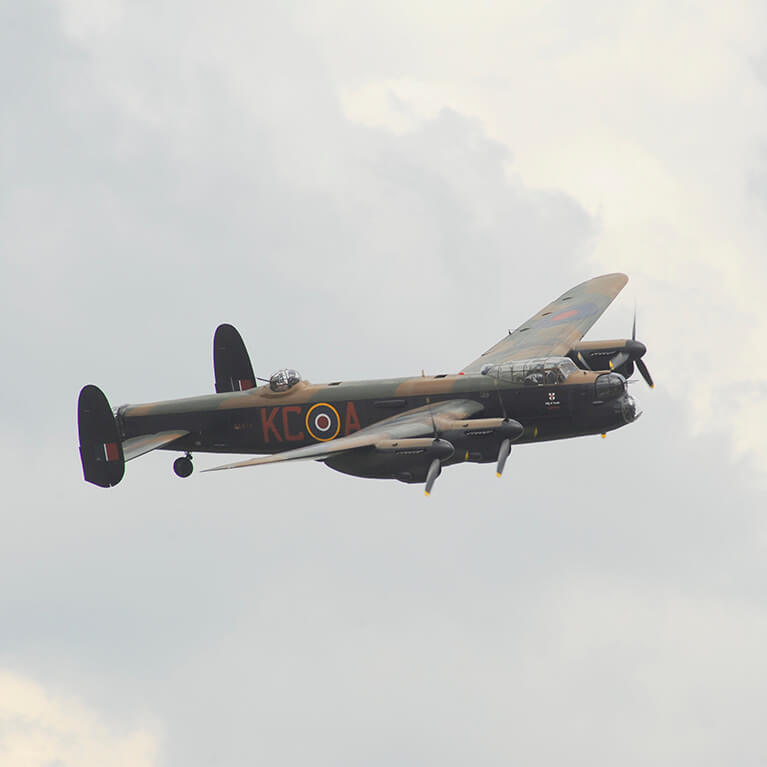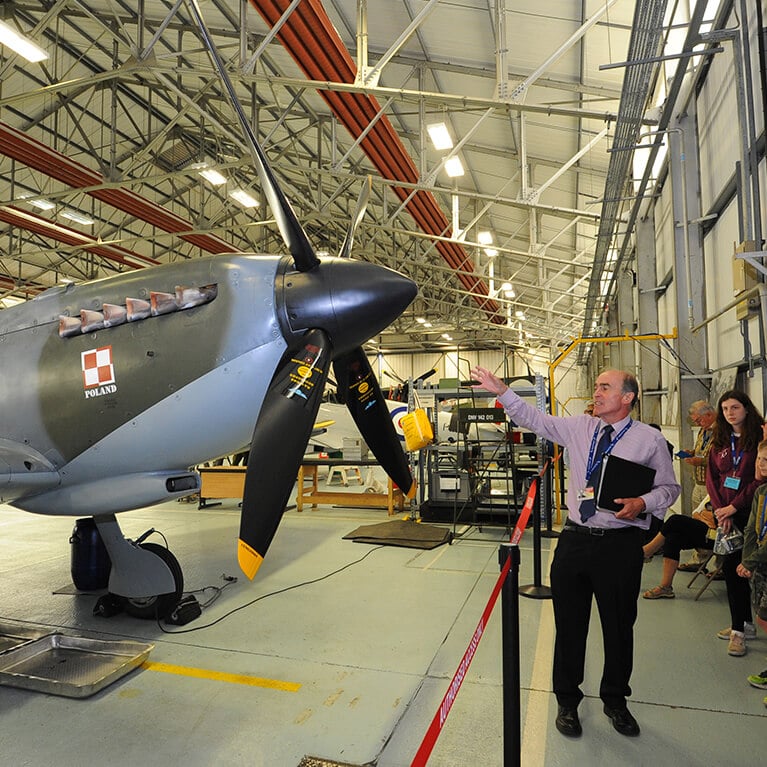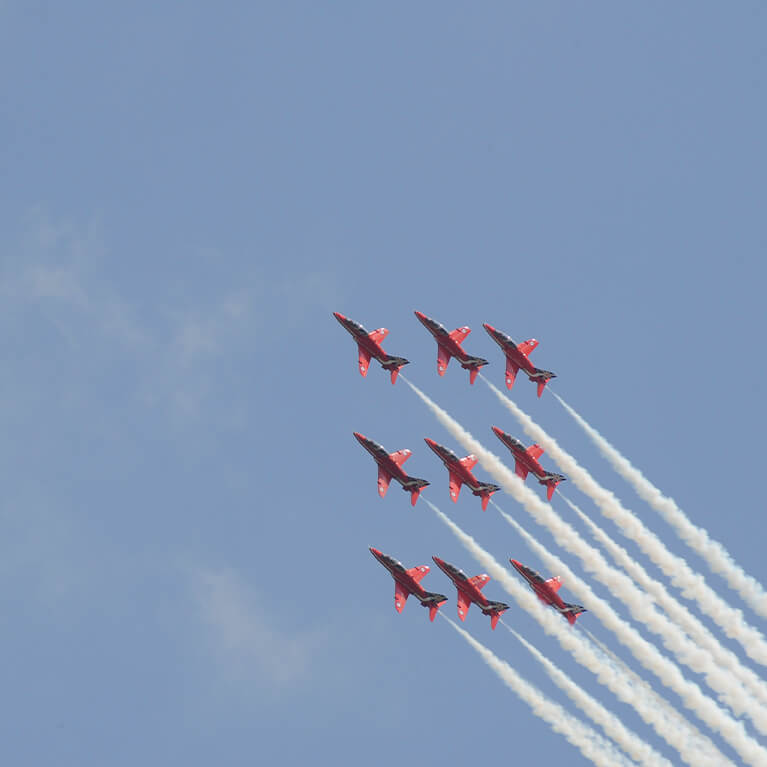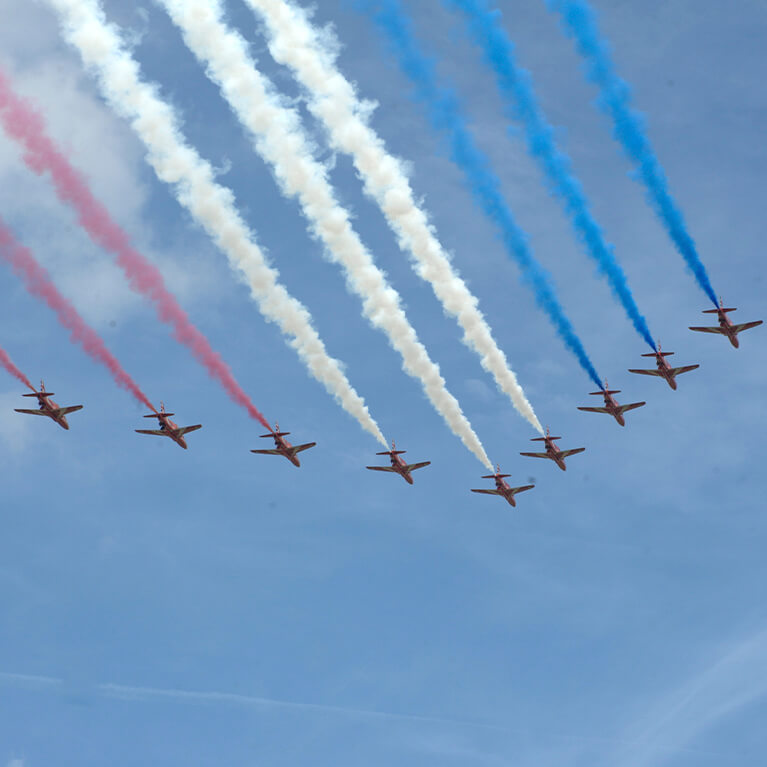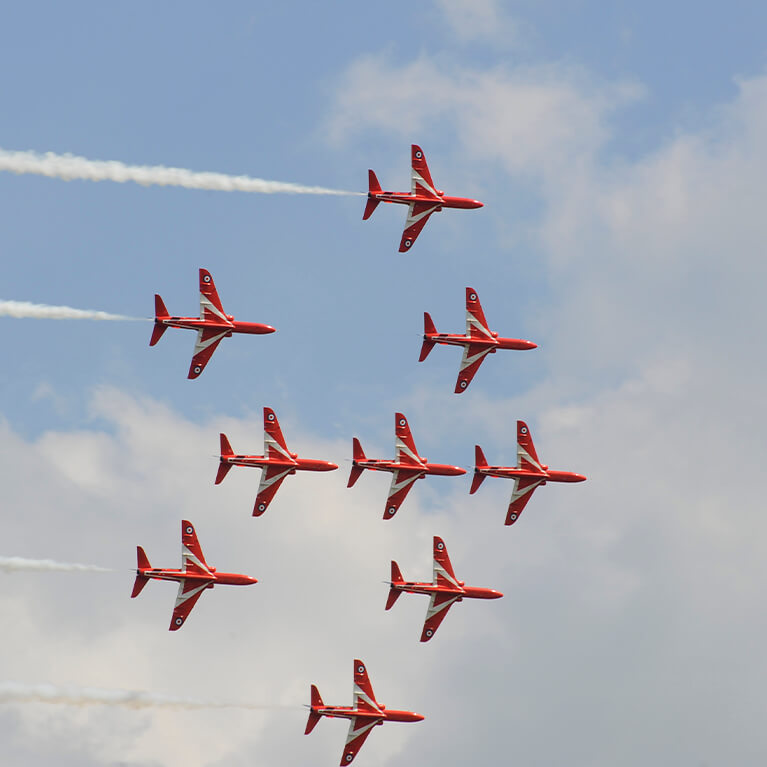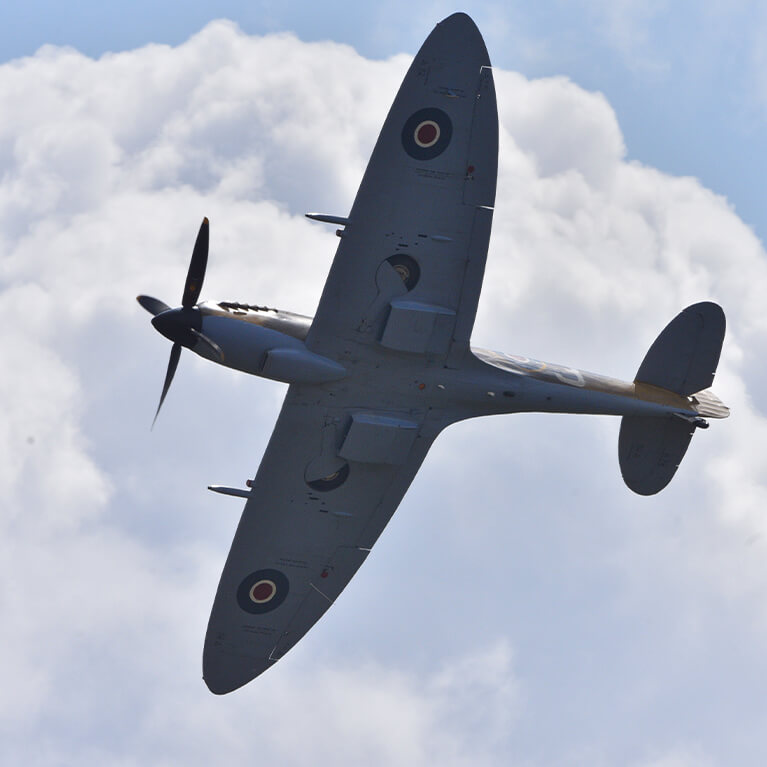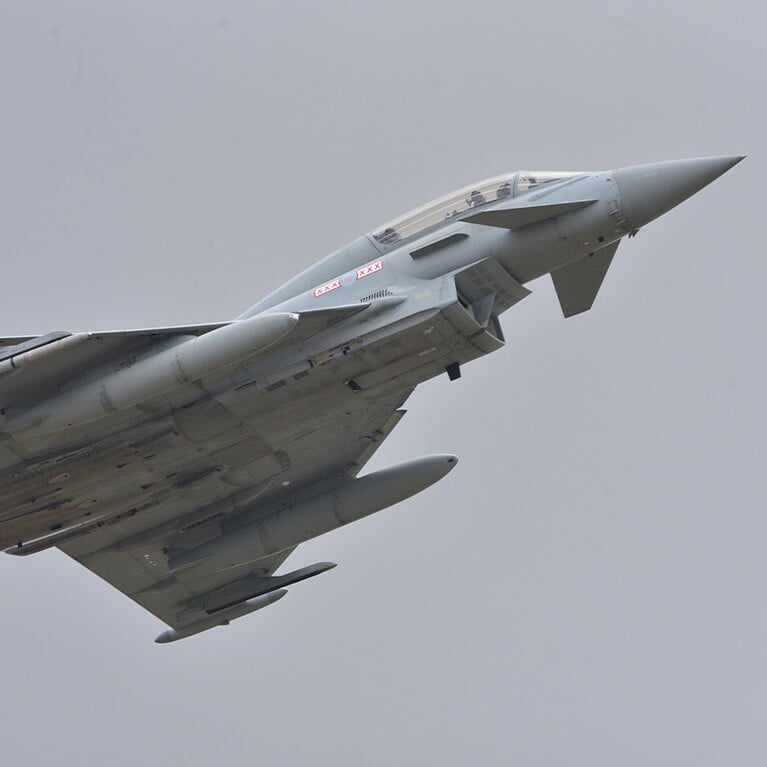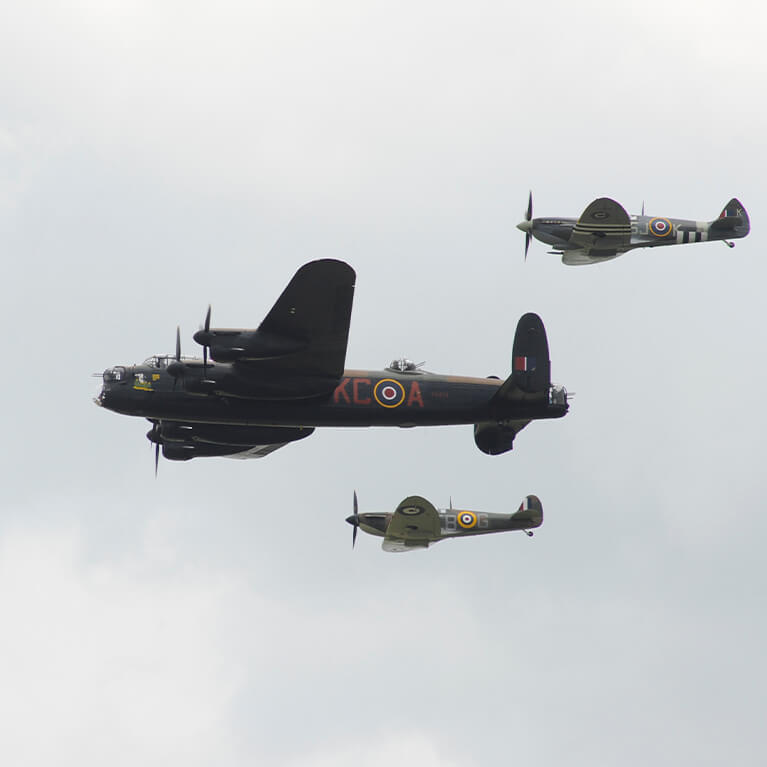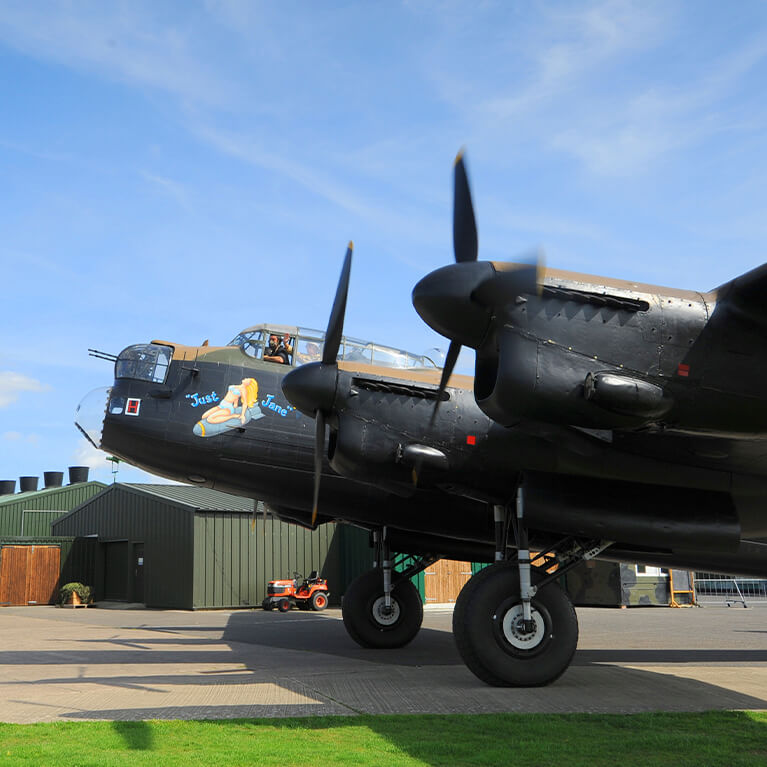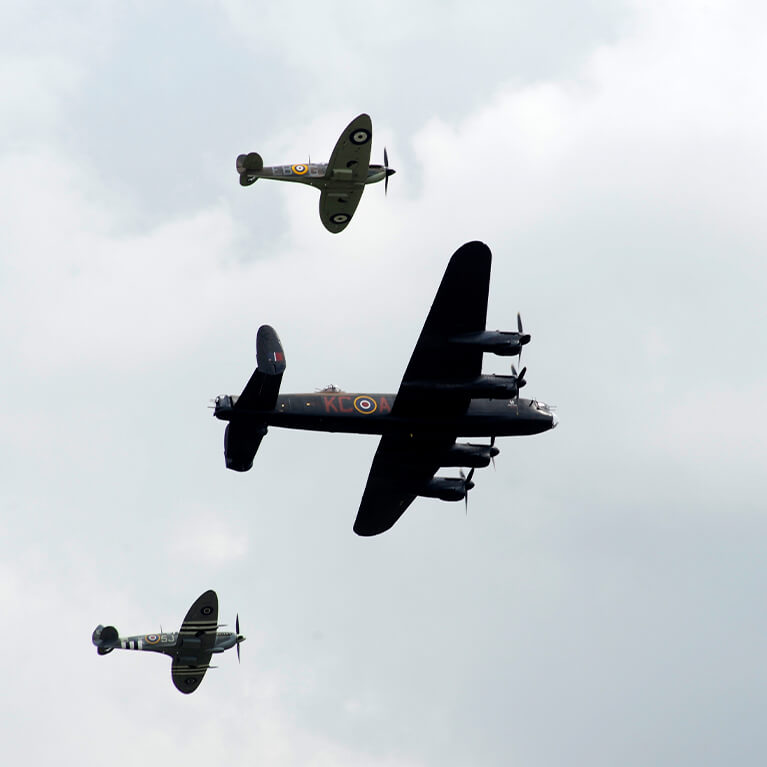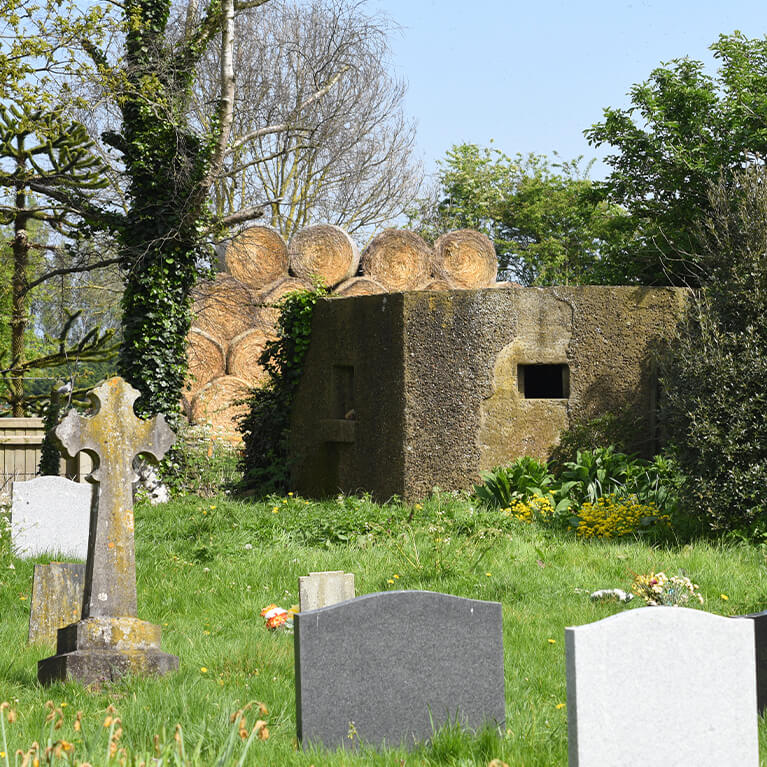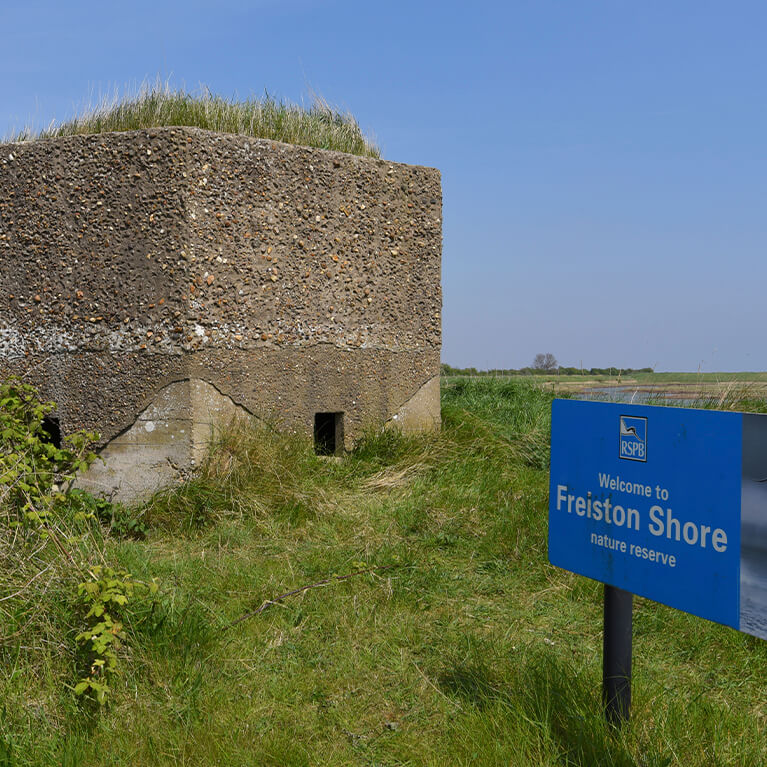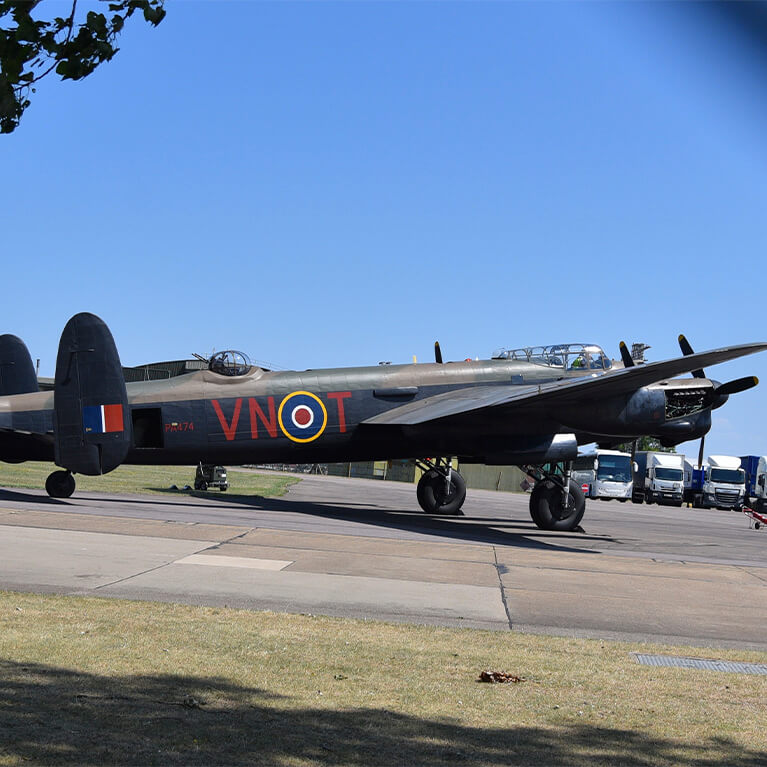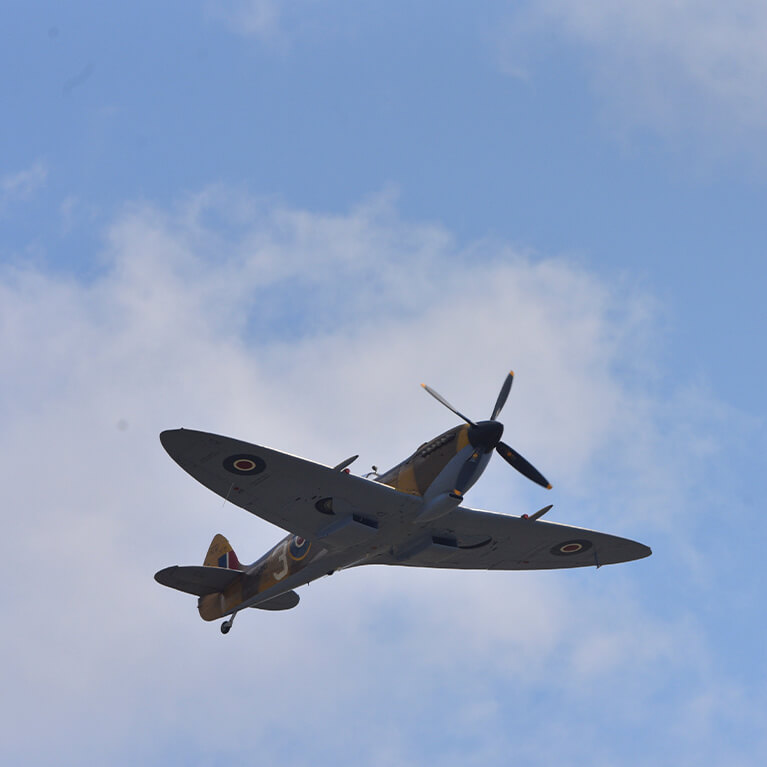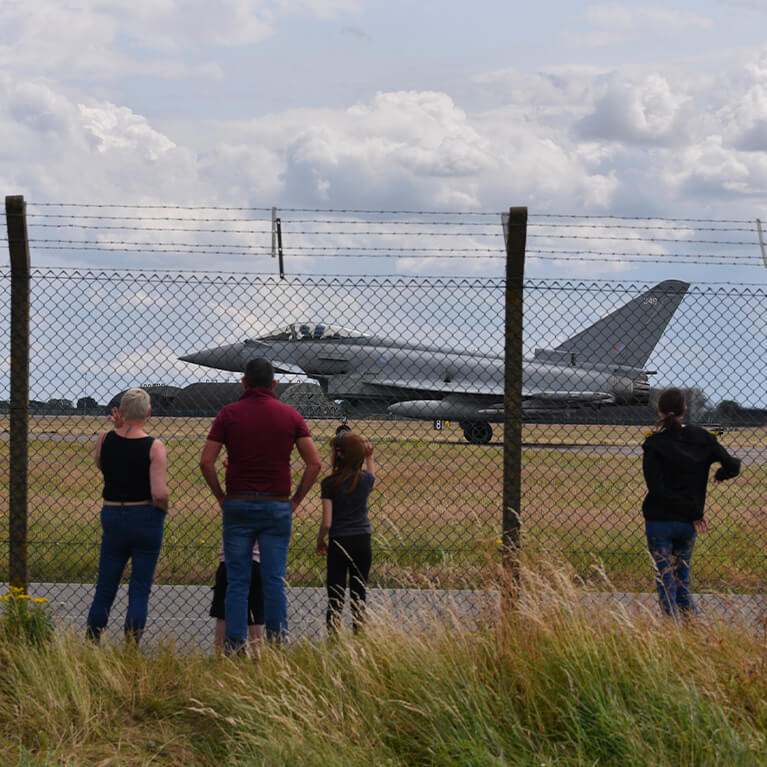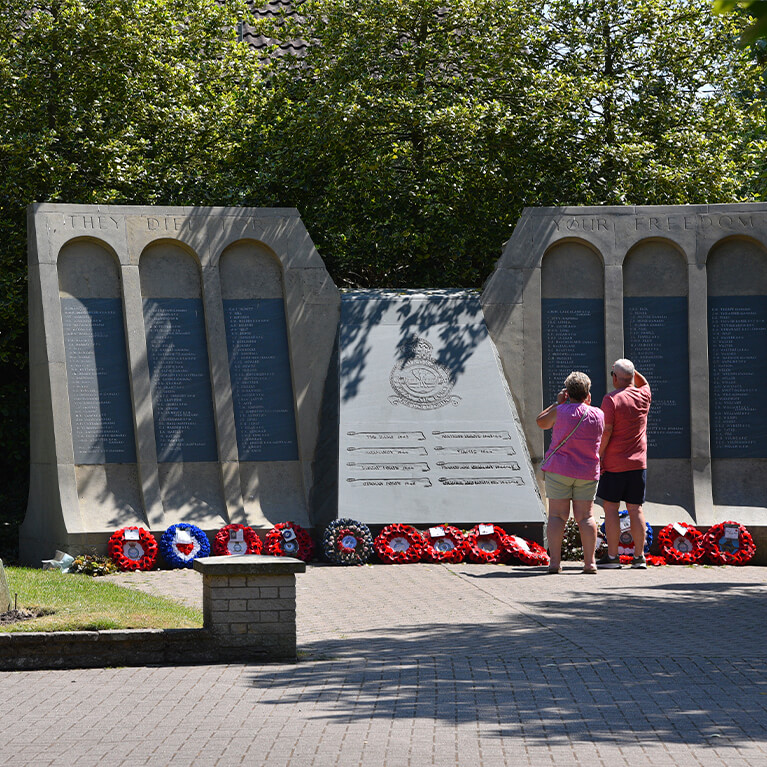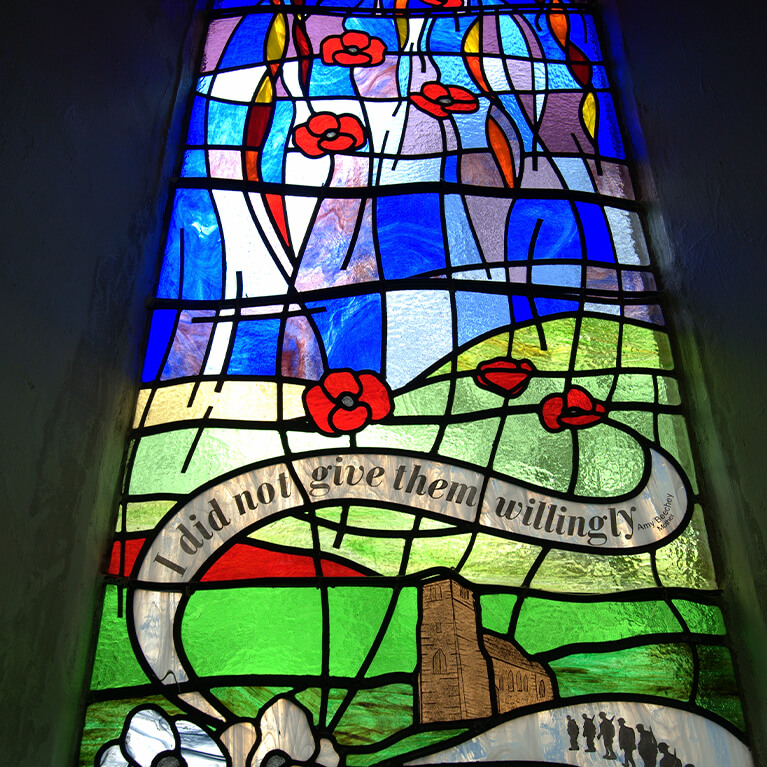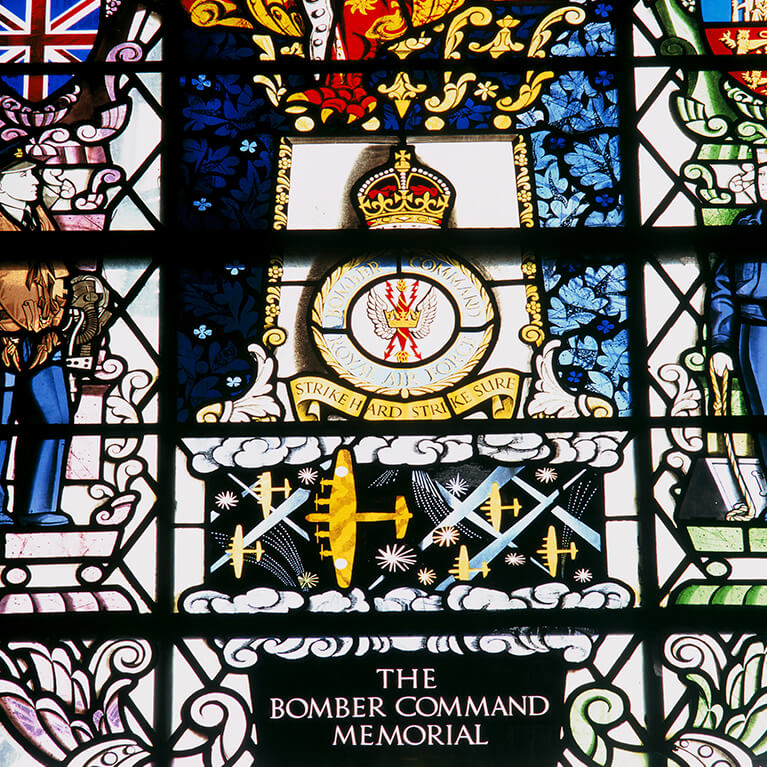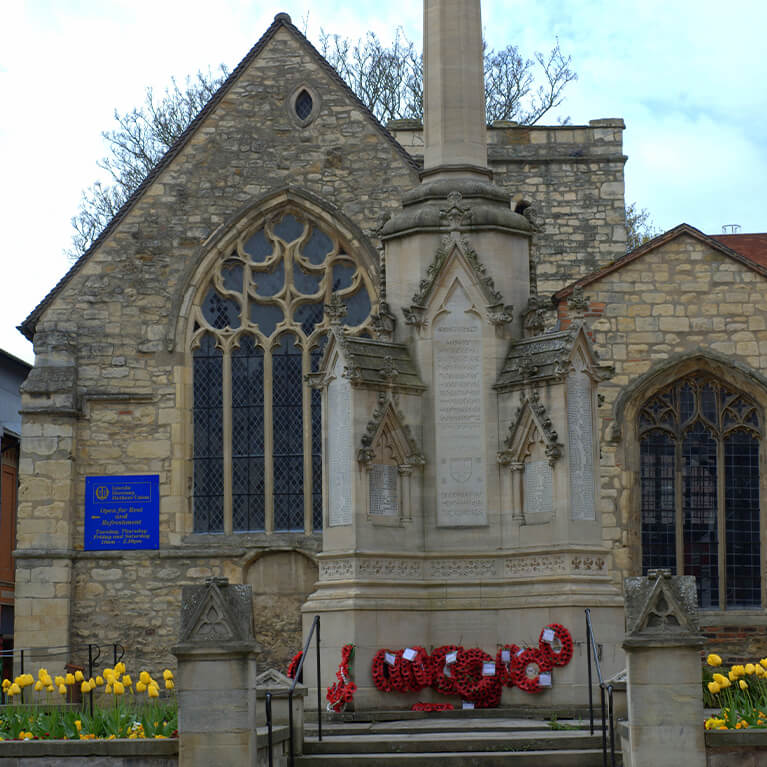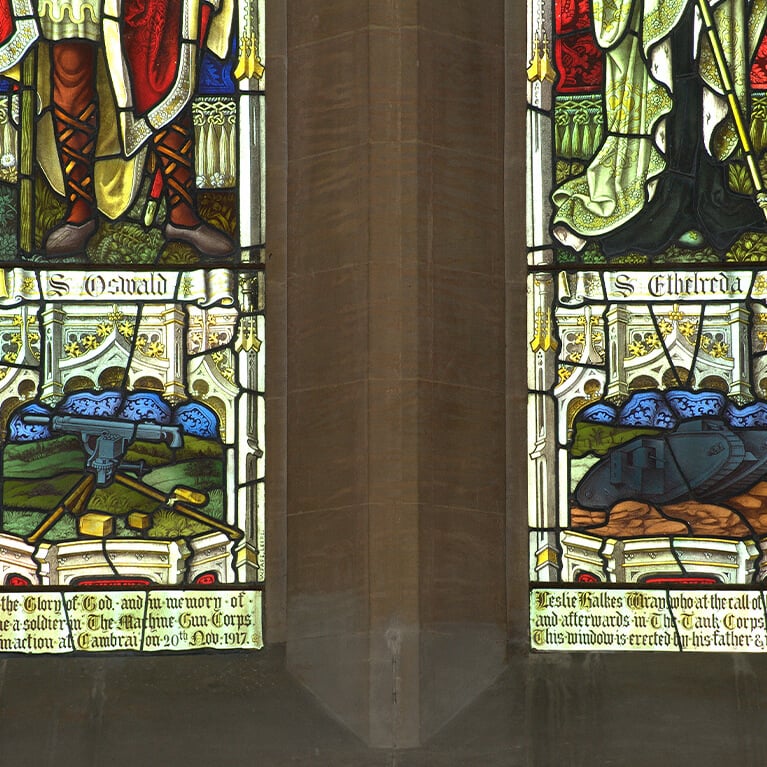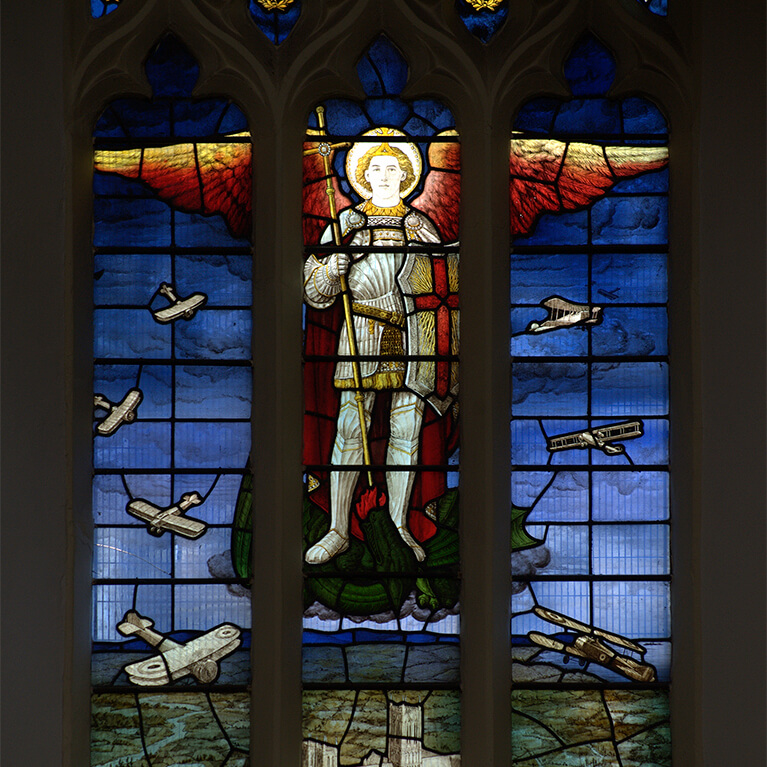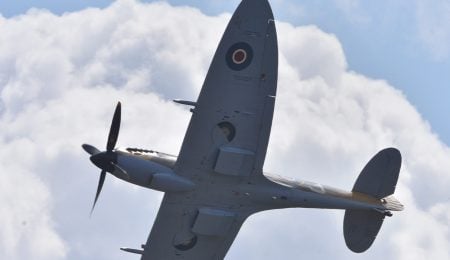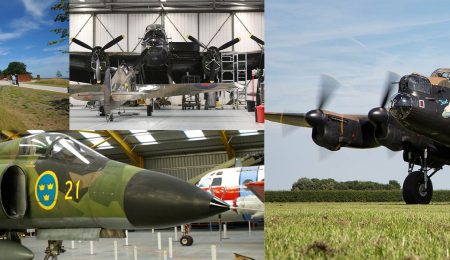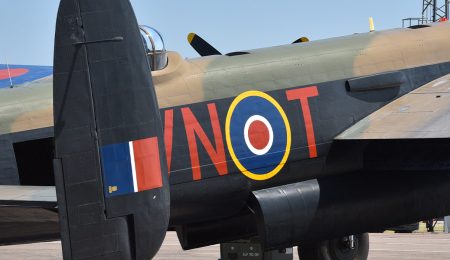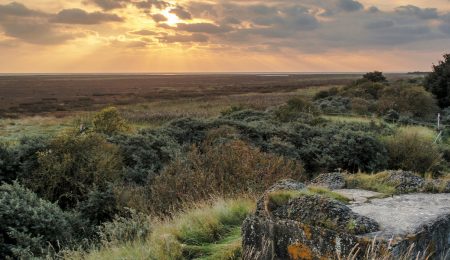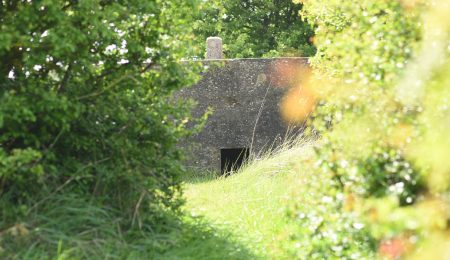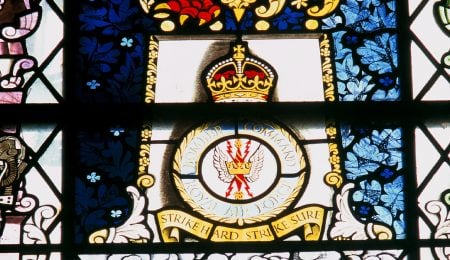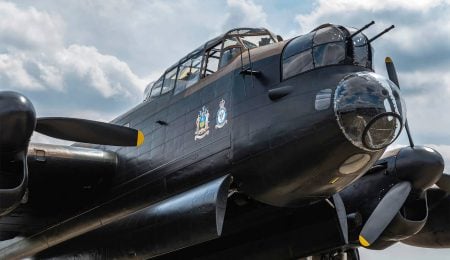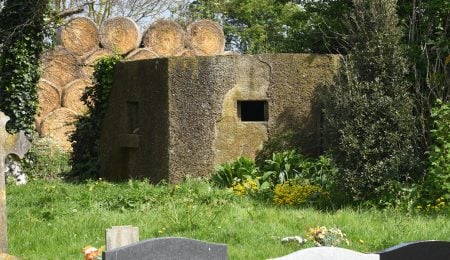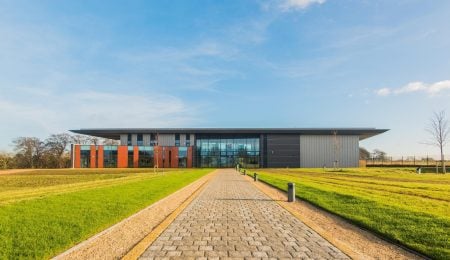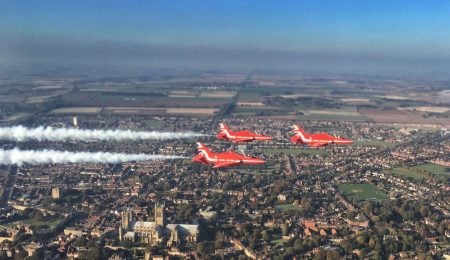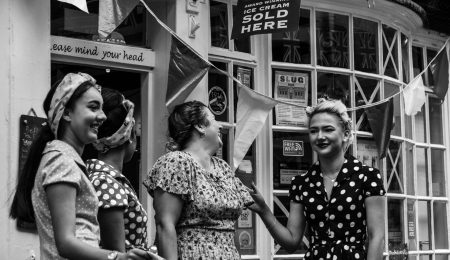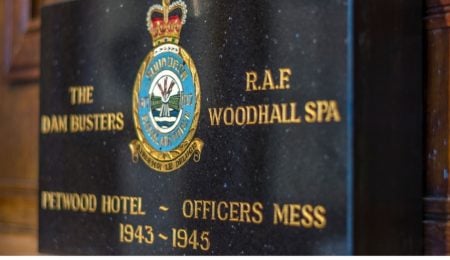Lincolnshire’s Military History: From World War I to Today
Lincolnshire is home to some of the most important strategic RAF air bases, not to mention innovation-focused defence companies, there is much history and stories of great bravery to discover.
Lincolnshire’s Early Aviation & WWI Contributions
Lincolnshire’s ties to military aviation date back to the Royal Flying Corps, which later became the Royal Air Force (RAF) in 1918. Airfields along the Lincoln Edge escarpment provided ideal conditions for aircraft takeoff, shaping the county into a major aviation hub.
During World War I, Lincoln became one of the world’s largest aircraft production centres, with thousands of workers - mainly women, known as munitionettes - building shells, aircraft, and tanks to support the war effort.
did you know?
the first military tank came from Lincoln
The first military tank, "Little Willie", was designed in the White Hart in Lincoln. It was also constructed in Lincoln by William Foster & Co Ltd, an agricultural firm in 1915.
World War II & Bomber County Legacy
In World War II, Lincolnshire was heavily populated with RAF airfields, earning its title as Bomber County. Guy Gibson and the Dambusters raid was launched from RAF Scampton, and today, the International Bomber Command Centre in Lincoln commemorates the 58,511 Bomber Command aircrew members who lost their lives.
Many former airfields have since been repurposed - some have returned to farmland, while others have become thriving nature reserves or aviation museums, preserving Lincolnshire’s wartime heritage.
Military Museums, Memorials & Historic Sites
Lincolnshire offers a wealth of military heritage sites, including:
Battle of Britain Memorial Flight (BBMF) Hangar
The Battle of Britain Memorial Flight can hardly be described as a museum, its historic aircraft are all still flying but a visit to their hangar where ground crew can be seen working to keep them in tip top condition gives another dimension.
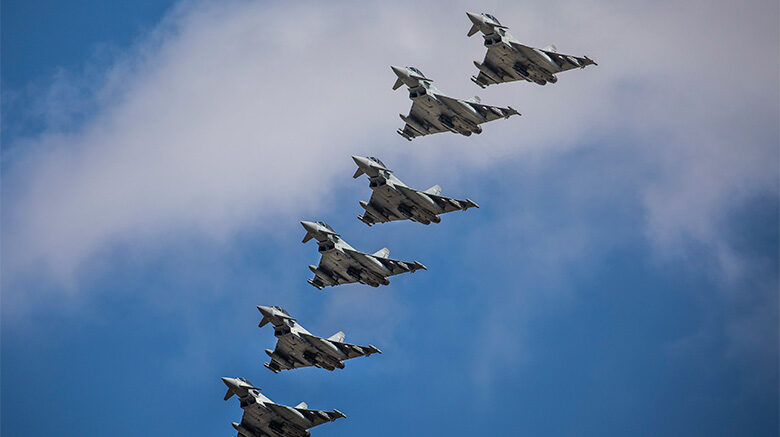
RAF Viewing Areas
The top spots for plane spotting, with regular Typhoon and Red Arrows practice sessions are RAF Coningsby, Waddington and Scampton. You can safely watch aircraft from the viewing area at Dogdyke Road, Coningsby, LN4 4SY. There is a free public car park. THE WAVE is the official RAF Waddington Aircraft Viewing Enclosure, LN5 9FG. To view planes from RAF Scampton, the best spot is the "viewing area" car park, this is accessible via the old A15 road past the main gate.
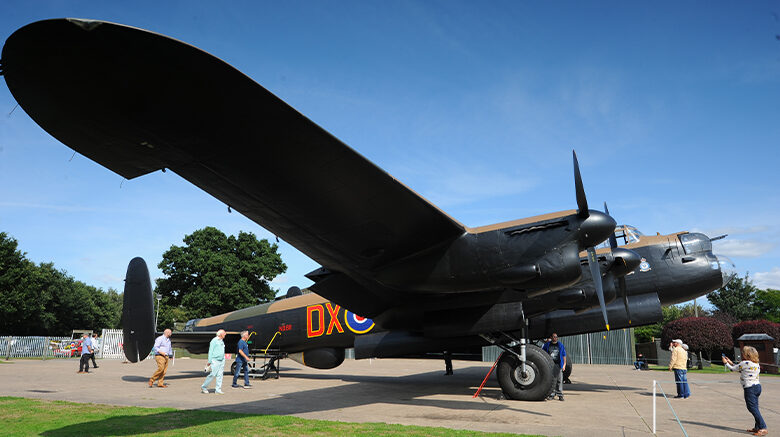
Historic Airfields & Museums
Lincolnshire is home to several historic airfields and museums that bring its rich military aviation heritage to life. Sites like the International Bomber Command Centre, RAF Scampton, and the Lincolnshire Aviation Heritage Centre feature restored wartime buildings, original memorabilia, and interactive exhibits. From taxiing Lancaster Bombers to immersive control rooms, these attractions offer powerful insights into the region’s vital role in both World Wars.
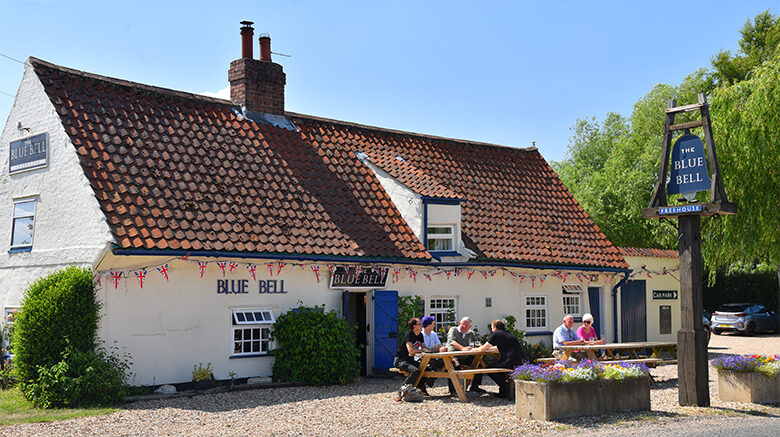
Wartime Pubs & Local Connections
For an immersive experience, visit the Blue Bell Inn at Tattershall Thorpe, a 16th-century pub near RAF Coningsby. This wartime favourite of RAF servicemen still has ceiling signatures from past and present aircrew, making it a living piece of history. The Dambusters Inn, located near RAF Scampton, honours Lincolnshire’s RAF heritage - especially the legendary 617 Squadron who flew the 1943 Dambusters raid. Although the pub itself was established in 1999, decades after the famous raid - it stands just 200 yards from RAF Scampton, the airfield from which the squadron launched their historic mission.
plan your visit
Explore Lincolnshire's principal military museums and heritage sites.
key memorial locations
Lincolnshire hosts a collection of military memorials that reflect its wartime legacy.
Lincoln Cathedral serves as a spiritual memorial, with RAF remembrance stained glass and connections to Bomber Command. The International Bomber Command Centre (IBCC) nearby is a national memorial site, featuring the striking Spire and Walls of Names. In Woodhall Spa, the 617 Squadron Memorial and Petwood Hotel honour the Dambusters. The peaceful Scopwick War Graves Cemetery includes the grave of WWII poet John Gillespie Magee, while Friesthorpe’s memorial commemorates lost RAF crews. Additionally, the tank memorial at Faldingworth marks the county’s broader military service.
modern-day RAF presence in Lincolnshire
Today, Lincolnshire remains at the heart of the UK’s military aviation industry. On any given day, you might see: RAF Typhoons on training exercises, the Red Arrows perfecting aerial manoeuvres or The Battle of Britain Memorial Flight returning from displays.
With its rich aviation heritage, historic sites, and active military presence, Lincolnshire is a must-visit destination for history buffs, aviation enthusiasts, and military historians alike.
